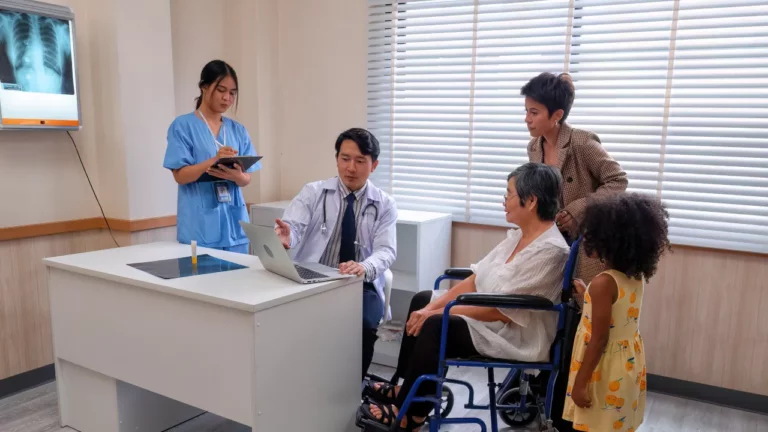While patients, clinicians, and policymakers were once reluctant to adopt telehealth and remote patient care before the pandemic, it is now becoming a tried-and-true solution.
Congressman Schweikert presented the Advanced Safe Testing at Residence Telehealth, or A-START Act, on July 22, 2021, to expand advanced healthcare technologies such as remote patient monitoring, digital therapies, and telehealth, as well as lowering healthcare costs.
Transitioning to digital health technologies has fast-tracked during the COVID-19 pandemic; it is a significant step in improving access to healthcare between patients and providers. Individuals who receive care through Medicare Advantage (MA), Medicaid, or the Veterans Affairs (VA) will be able to receive FDA-approved at-home tests at home in conjunction with assistive telehealth consultations under the new bill, which promises to hasten the enormous accomplishments recently achieved in expanding patient nursing technology, screening, diagnostics, and telehealth.
In addition, A-START Act will create a pilot policy in the Veterans Affairs. The Secretary of Veterans Affairs will be required to design a pilot program not later than 180 days of the A-START Act’s enactment. Patients will be able to access medical technology of machine learning, artificial intelligence that has been approved by the Food and Drug Administration (FDA) from the comfort of their own homes. The clinical devices will be tests to diagnose influenza or other respiratory diseases, coronavirus tests, and tests to diagnose breast cancer, ovarian cancer, prostate cancer, and other health conditions.
Emergency intervention at the home and hospital-at-home using remote patient monitoring is the first step in helping our community combat this COVID-19 pandemic and address the growing number of untreated patients with chronic diseases and behavioral issues. Native American Veterans Association (NAVA) has already implemented this RPM program in collaboration with DrKumo, Inc. to reach the most vulnerable and under-represented groups, including Native Women American Veterans. “This is a major step forward for the future of healthcare,” said Dr. Kelly Nguyen, CEO of DrKumo Inc, the leader in next-generation RPM.
The enactment of the A-START Act will promote more affordable remote patient monitoring and telehealth amongst patients and providers, improving patient care and changing healthcare processes. The need to visit healthcare institutions will lessen because patients will be monitoring their health within their homes using devices like wearables and send the data to their care providers, improving patients’ health outcomes and compliance rates.
68 percent of doctors still wish to use telehealth in their practice. In this expanding era of telemedicine, most patients, whatever of age, are now eager to utilize phones for consultations. It will only be a matter of time until RPM rises and expands globally. Furthermore, many clinicians stated a wish to continue remote patient monitoring in the post-pandemic phase for the following reasons: (1) chronic illness management; (2) better care coordination; (3) preventative care; and (4) hospital or emergency department follow-ups.
Innovation will change health care and completely transform the industry as technology improves. Patient-generated data will decrease the number of unnecessary hospital visits, and will enable healthcare providers to provide a more tailored diagnosis and the best treatment (Pickle, 2021). With the availability of devices and tools underway and the reinforcement of A-START) Act, remote patient monitoring has an opportunity to grow and assure patients and care providers of better health care delivery in the future.
To learn more about NAVA Chronic Care Program, click here.
References:
Pickle, J. (2021). What is the future of Remote Patient Monitoring (RPM)? Biomedical Health and News. https://biomedj.org/healthcare/future-remote-patient-monitoring-rpm/
Wicklund, E. (2021). The new bill aims to launch pilot programs for Telehealth, Remote Patient Monitoring. mHealth Intelligence. https://mhealthintelligence.com/news/new-bill-aims-to-launch-pilot-programs-for-telehealth-remote-patient-monitoring








